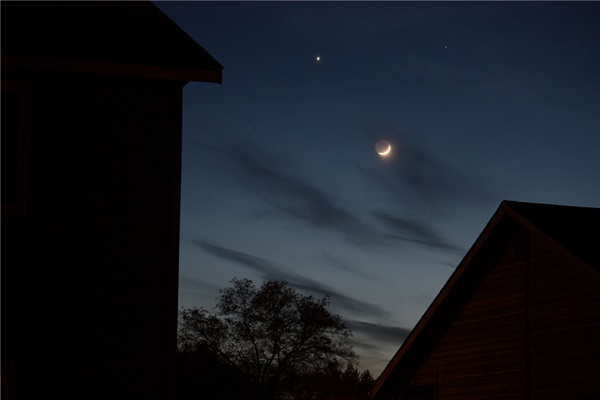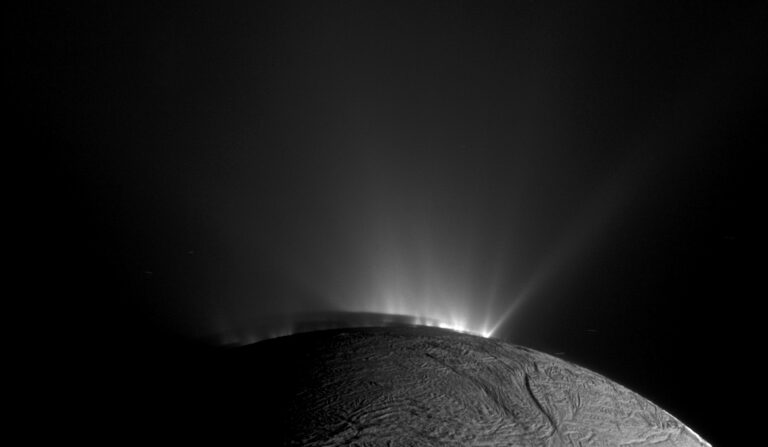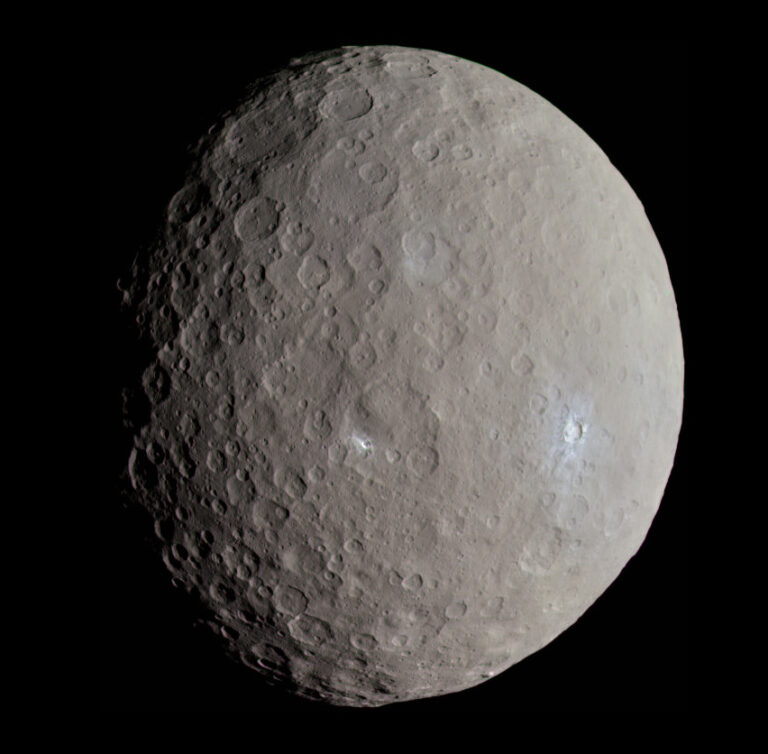Key Takeaways:
- Venus exhibits a cyclical pattern of appearing as an "evening star" or "morning star," reaching greatest elongation from the Sun and peak apparent brightness, such as magnitude –4.9, at specific phases.
- The planet's apparent alignment relative to Earth is governed by its 583.92-day synodic period, which is distinct from its shorter 224.7-day sidereal period relative to background stars.
- This synodic cycle dictates Venus's transition from an "evening star," where it brightens as it approaches the Sun in our sky, to a "morning star" after passing between the Sun and Earth.
- Approximately every eight Earth years, Venus returns to the same area of the sky at the same time of year, a phenomenon resulting from the near-equivalence of five synodic periods to eight terrestrial orbital periods.
Venus will pass between the Sun and Earth in January and then quickly rise into view before dawn. It will remain the “morning star” until next September. After passing on the far side of the Sun, it will return to view after sunset as an “evening star” in December 2014 and stay there until the following summer. The pattern repeats itself every 583.92 days (approximately 19 months). This is Venus’ “synodic period,” or the time it takes for the planet to return to the same alignment relative to Earth. Compare this with its 224.7-day shorter “sidereal period,” the time it takes to return to the same position relative to the background stars.
Although Venus doesn’t appear in the same spot in the sky year after year, it does show a more subtle pattern. If you multiply its synodic period by 5, you come up with 2,919.6 days. What does this ungainly number have to do with anything? If you divide it by 365.26 days (the time it takes Earth to revolve around the Sun), you get 7.993 — just about 8. So nearly every eight years, Venus returns to the same area of sky at the same time of year. Its fifth greatest eastern elongation after the one November 1 will occur October 29, 2021.
Senior Editor










